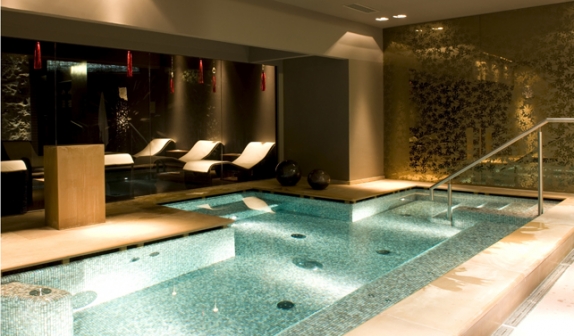
The Spa market in the last few years has been characterised by a high growth, and forecast suggest that this trend isn't a fad but should be considered in relation to new consumer models.
However this market appears to be of difficult "delimitation" because of:
- an unclear normative definition, in particular regarding services performed in wellness centres. Wellness is a term that is implied by many different kind of business and not regulated;
- the presence of variations in the consumer model and competitive dynamics could potentially redefine boundaries;
- of said industry's heterogeneity, which still encapsulates many different types of business (City-Spa, Resort Spa, Thermal Centres with Spas and many others).
It must also be added that the sector's operators grow numerically and transform their commercial offer, therefore constantly creating new forms of competition. It's enough to think that when the Spa market was only made up of a few companies that were mainly focused on weight-loss and beauty who represented a fancy pastime of only a certain kind of limited elite.
In the last 15 years, the market has changed profoundly and operators coming from very different backgrounds approached this industry. Next to the traditional Beauty Farms, there were now new thermal structures converted to the new wellness business. First 5 star, then 4 star, then 3 star hotels would suddenly offer spa treatments, making for an extremely competitive and confusing market, especially for the final consumer.
Trying to define this industry's traits, one could refer to a group of specialized companies that offer different types of products and services that can satisfy and improve the human psychophysical condition, avoiding invasive interventions.
Another, more restrictive approach could also be applied which could override some limits that were evident in the previous case, by operating in the following sort of classifications:
- "non residential" services, that can also be identified as proximity services;
- "residential" services, for which further services, such as overnight stay are mandatory.
The main problem though, is that many structures that offer services such as wellness and spa centres in an unregulated way, which can cause dissatisfaction and confusion among customers. The customer who is now more aware of different purchasing methods and searches for information on his desired services both online and offline in order to make an informed choice. Unfortunately though, unlike what happens for many other kind of structures, wellness centres aren't as well connected. The absence of standards in management protocols and in the definition of the size of a spa can allow the risk of putting on the same level a hotel with a sauna to a dedicated wellness centre with 4000 square metres of dedicated space. This becomes even more evident when a definition of the structural aspects becomes a an interpretation of the soft aspects that are connected to customer care, treatments and to allow the wellness tourist to live his experience in a holistic way. If wellness tourism is such a great slice of touristic demand, there is a long way to go in order to support the customer in his decision process.

